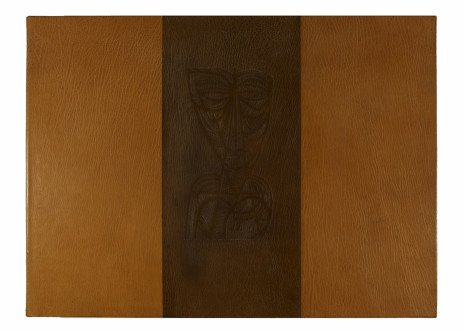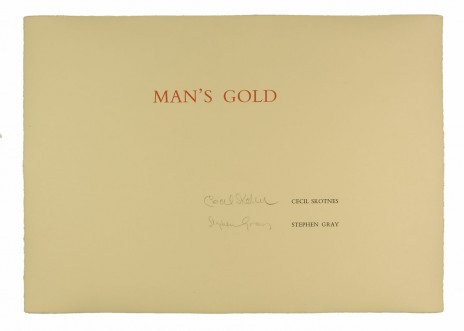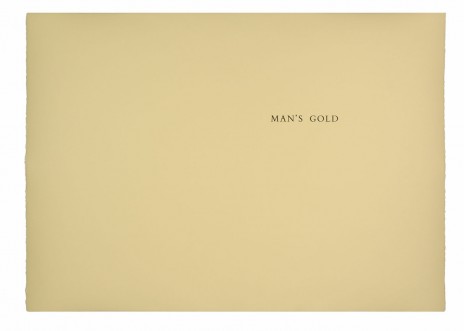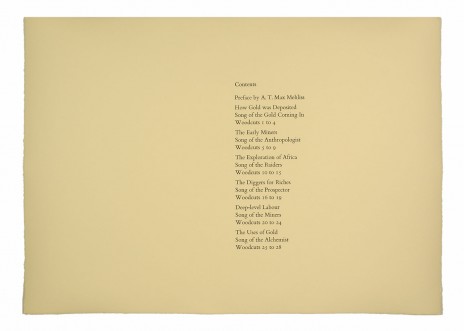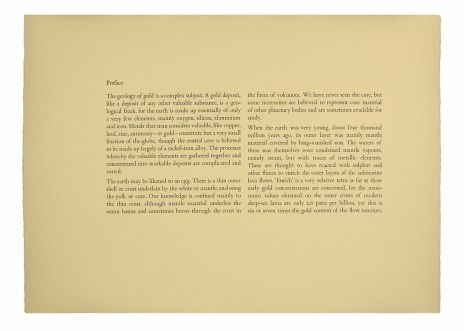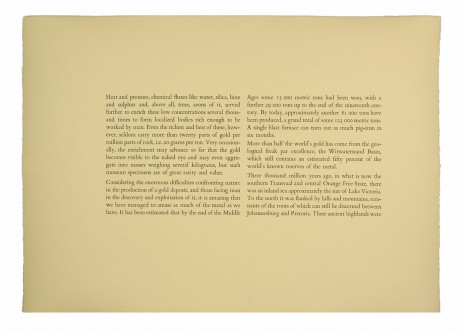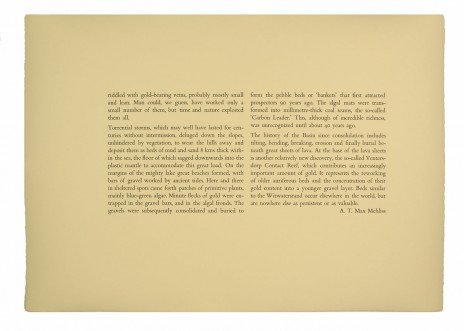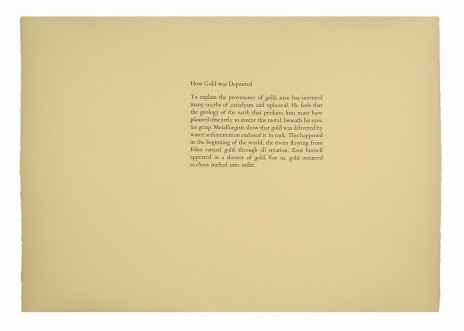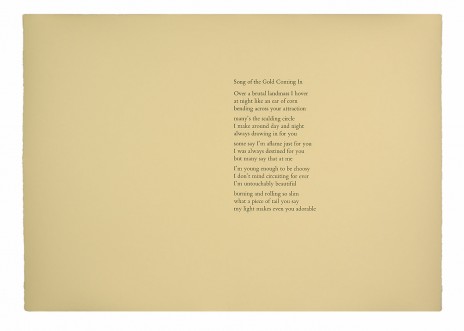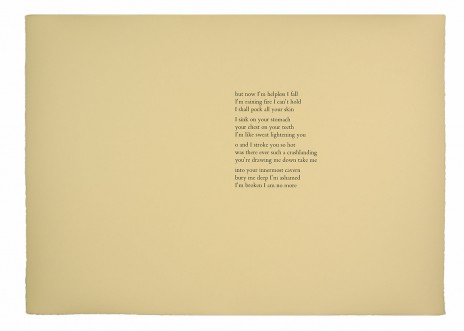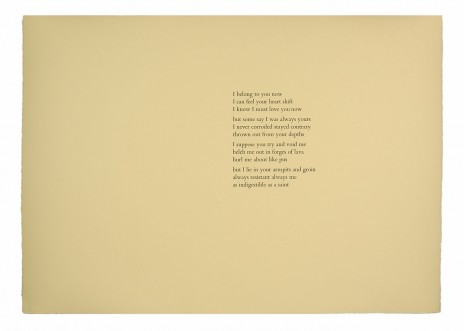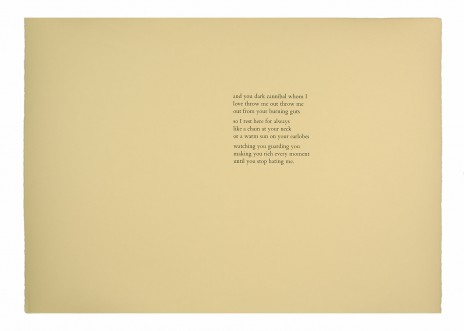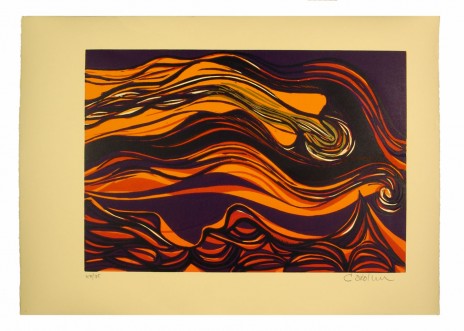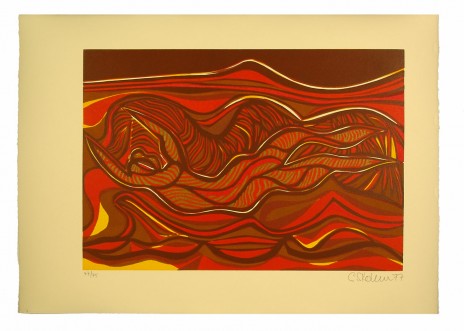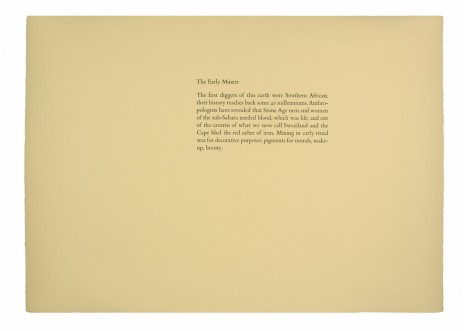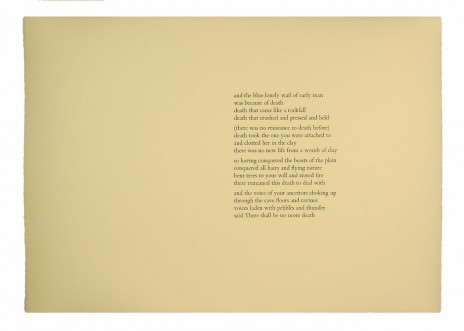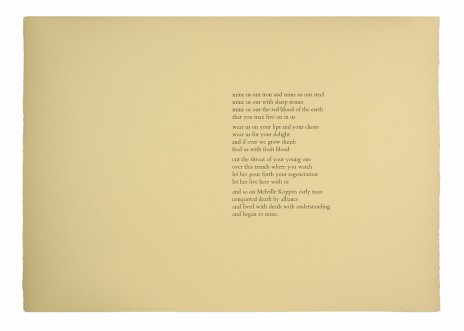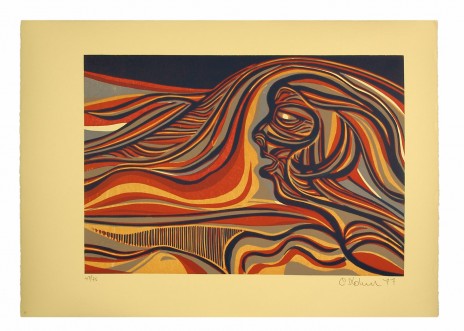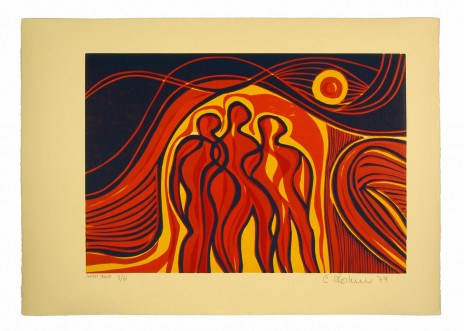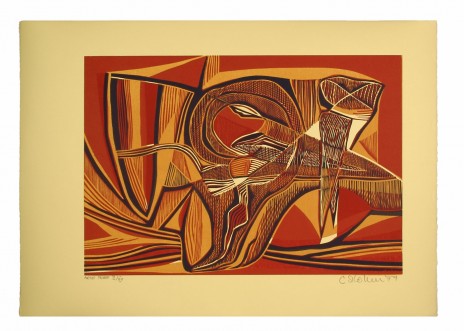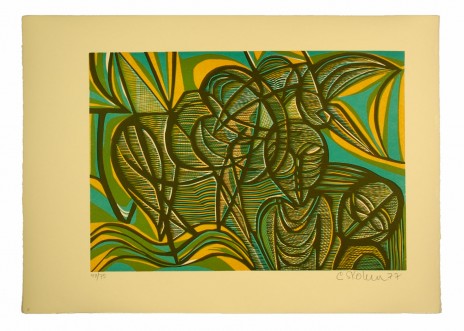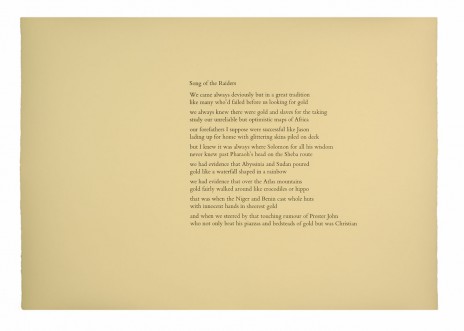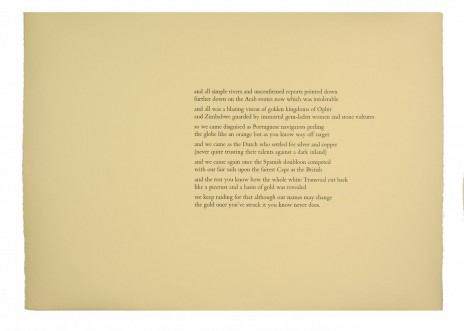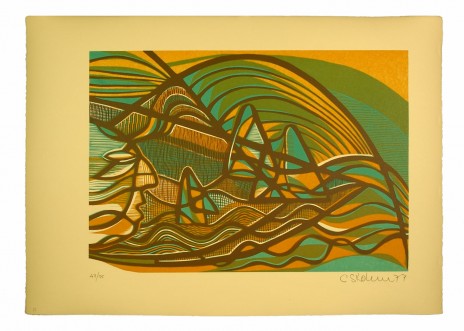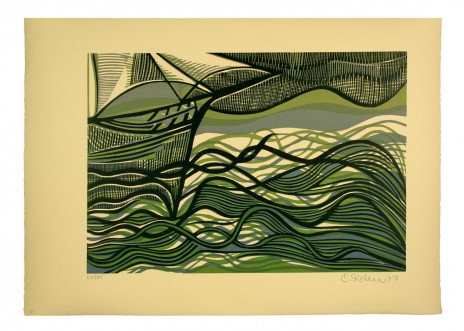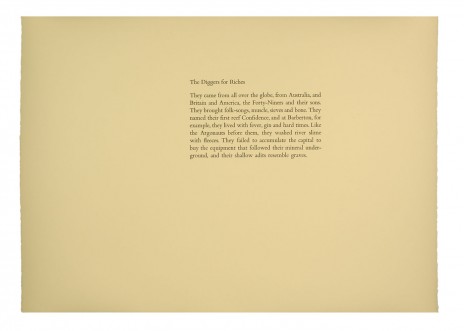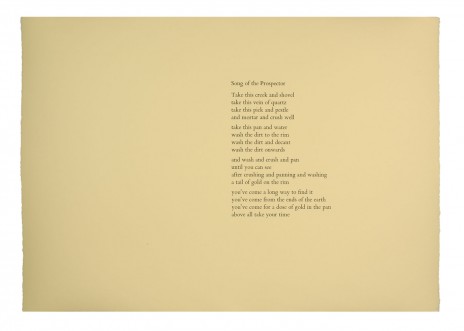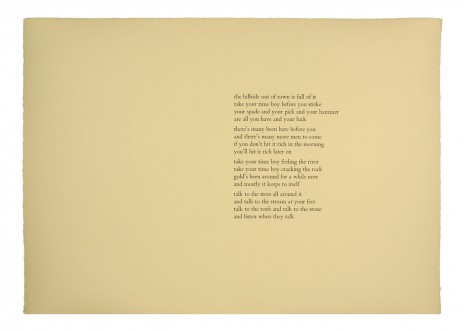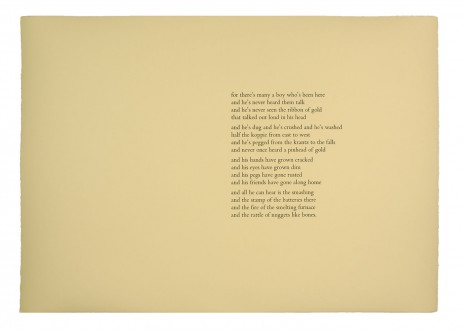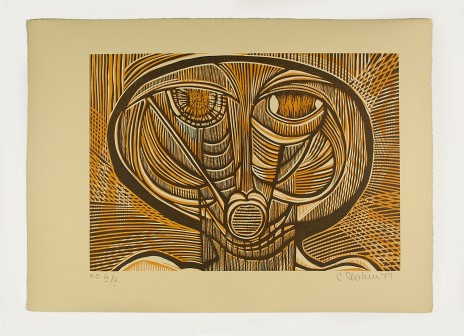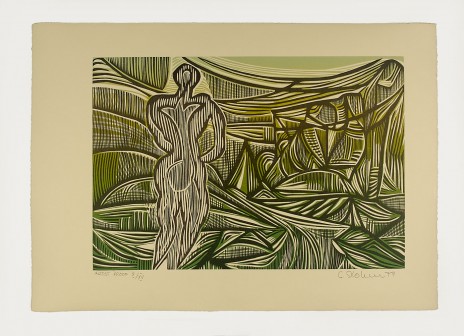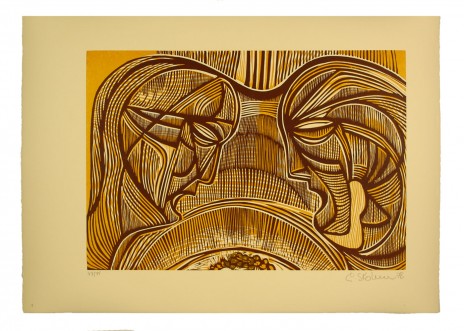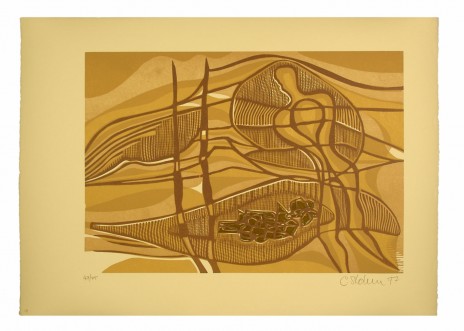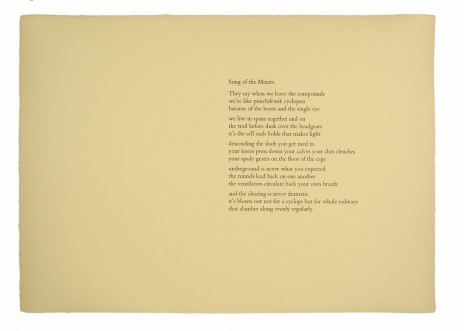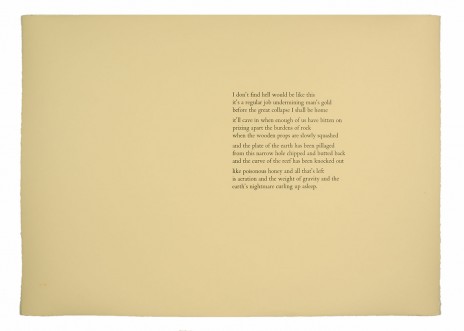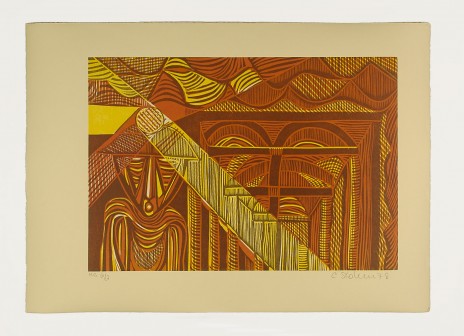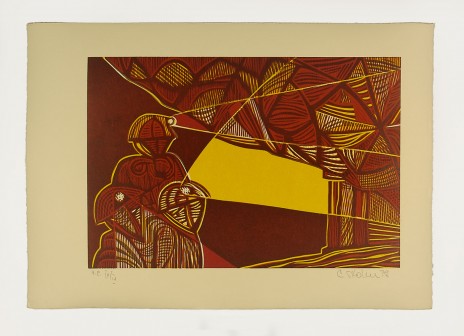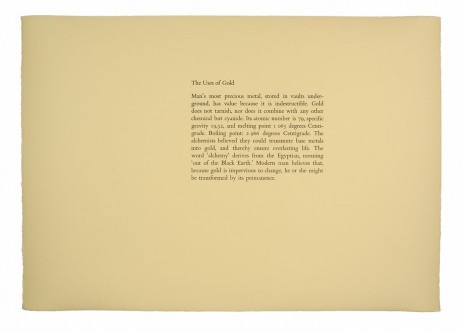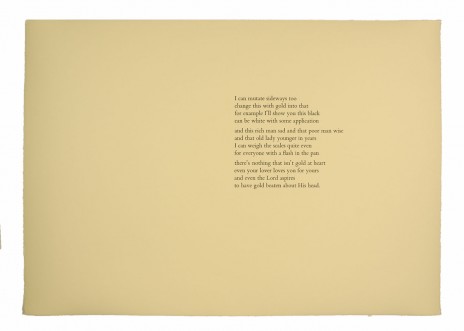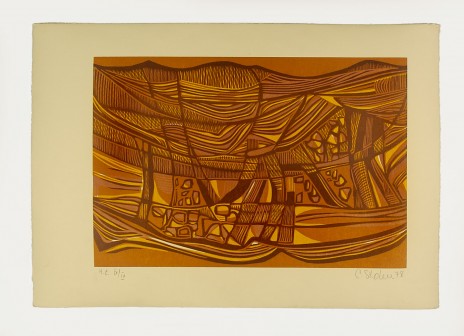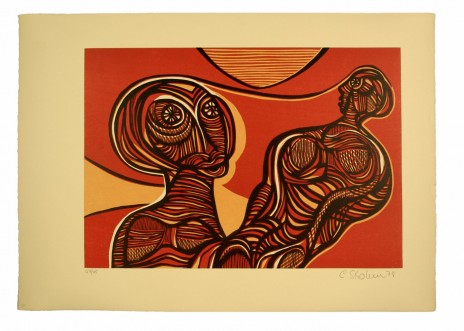Preface by A. T. Max Mehliss
The geology of gold is a complex subject. A gold deposit, like a deposit of any other valuable substance, is a geological freak, for the earth is made up essentially of only a very few elements, mainly oxygen, silicon, aluminium and iron. Metals that man considers valuable, like copper, lead, zinc, antimony – or gold – constitute but a very small fraction of the globe, though the central core is believed to be made up largely of a nickel-iron alloy. The processes whereby the valuable elements are gathered together and concentrated into workable deposits are complicated and varied.
The earth may be likened to an egg. There is a thin outer shell or crust underlain by the white or mantle, enclosing the yolk or core. Our knowledge is confined mainly to the thin crust, although mantle material underlies the ocean basins and sometimes bursts through the crust in the form of volcanoes. We have never seen the core, but some meteorites are believed to represent core material of other planetary bodies and are sometimes available for study.
When the earth was very young, about four thousand million years ago, its outer layer was mainly mantle material covered by long-vanished seas. The waters of these seas themselves were condensed mantle vapours, mainly steam, but with traces of metallic elements. These are thought to have reacted with sulphur and other fluxes to enrich the outer layers of the submarine lava flows. ‘Enrich’ is a very relative term as far as these early gold concentrations arc concerned, for the maximum values obtained on the outer crusts of modern deep-sea lavas are only 2,6 parts per billion, yet this is six or seven times the gold content of the flow interiors. Heat and pressure, chemical fluxes like water, silica, lime and sulphur and, above all, time, aeons of it, served further to enrich these low concentrations several thousand times to form localized bodies rich enough to be worked by man. Even the richest and best of these, however, seldom carry more than twenty parts of gold per million parts of rock, i.e. 20 grams per ton. Very occasionally, the enrichment may advance so far that the gold becomes visible to the naked eye and may even aggregate into masses weighing several kilograms, but such museum specimens are of great rarity and value.
Considering the enormous difficulties confronting nature in the production of a gold deposit, and those facing man in the discovery and exploitation of it, it is amazing that we have managed to amass as much of the metal as we have. It has been estimated that by the end of the Middle Ages some 13 000 metric tons had been won, with a further 29 000 tons up to the end of the nineteenth century. By today, approximately another 81 000 tons have been produced, a grand total of some 123 000 metric tons. A single blast furnace can turn out as much pig-iron in six months.
More than half the world’s gold has come from the geological freak par excellence, the Witwatersrand Basin, which still contains an estimated fifty percent of the world’s known reserves of the metal.
Three thousand million years ago, in what is now the southern Transvaal and central Orange Free State, there was an inland sea approximately the size of Lake Victoria. To the north it was flanked by hills and mountains, remnants of the roots of which can still be discerned between Johannesburg and Pretoria. These ancient highlands were riddled with gold-bearing veins, probably mostly small and lean. Man could, we guess, have worked only a small number of them, but time and nature exploited them all.
Torrential storms, which may well have lasted for centuries without intermission, deluged down the slopes, unhindered by vegetation, to wear the hills away and deposit them as beds of mud and sand 8 kms thick within the sea, the floor of which sagged downwards into the plastic mantle to accommodate this great load. On the margins of the mighty lake great beaches formed, with bars of gravel worked by ancient tides. Here and there in sheltered spots came forth patches of primitive plants, mainly blue-green algae. Minute flecks of gold were entrapped in the gravel bars, and in the algal fronds. The gravels were subsequently consolidated and buried to form the pebble beds or ‘bankets’ that first attracted prospectors 90 years ago. The algal mats were transformed into millimetre-thick coal seams, the so-called ‘Carbon Leader.’ This, although of incredible richness, was unrecognized until about 40 years ago.
The history of the Basin since consolidation includes tilting, bending, breaking, erosion and finally burial beneath great sheets of lava. At the base of the lava sheets is another relatively new discovery, the so-called Ventersdorp Contact Reef, which contributes an increasingly important amount of gold. It represents the reworking of older auriferous beds and the concentration of their gold content into a younger gravel layer. Beds similar to the Witwatersrand occur elsewhere in the world, but are nowhere else as persistent or as valuable.

